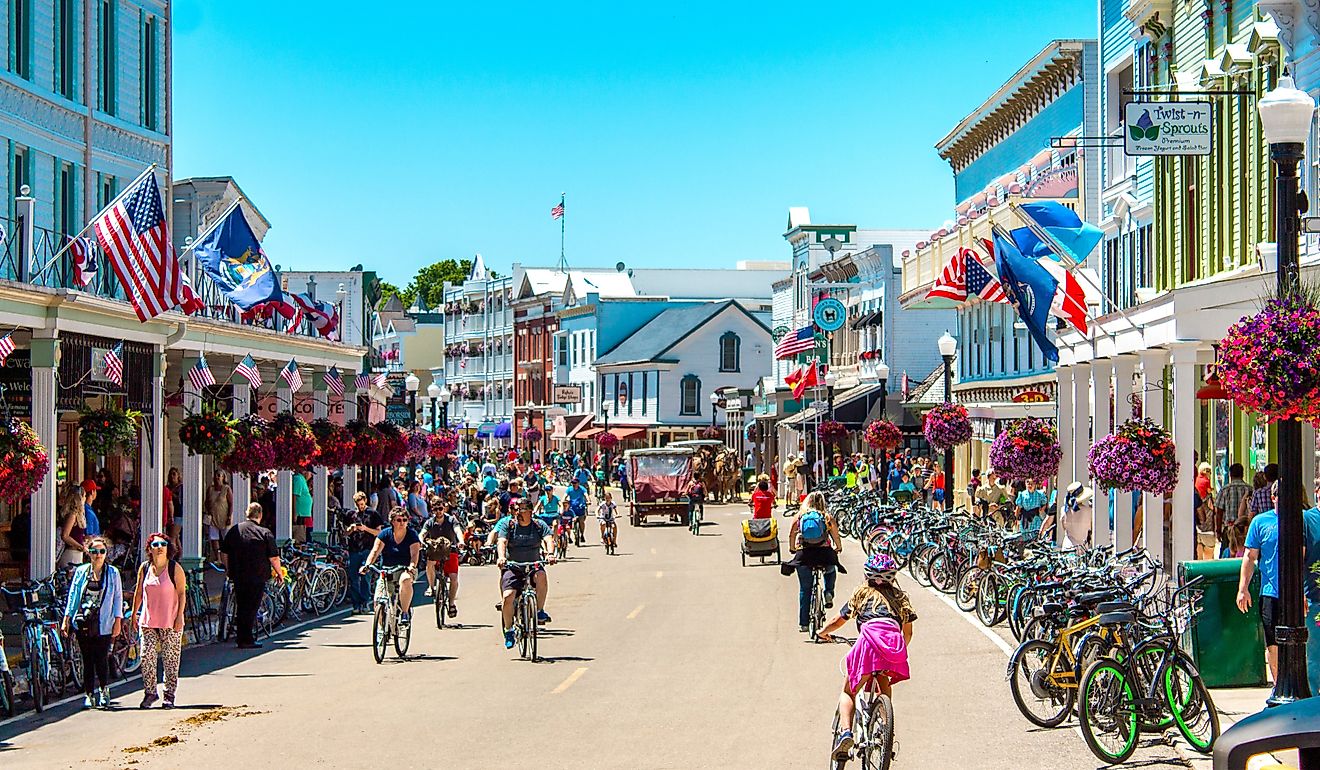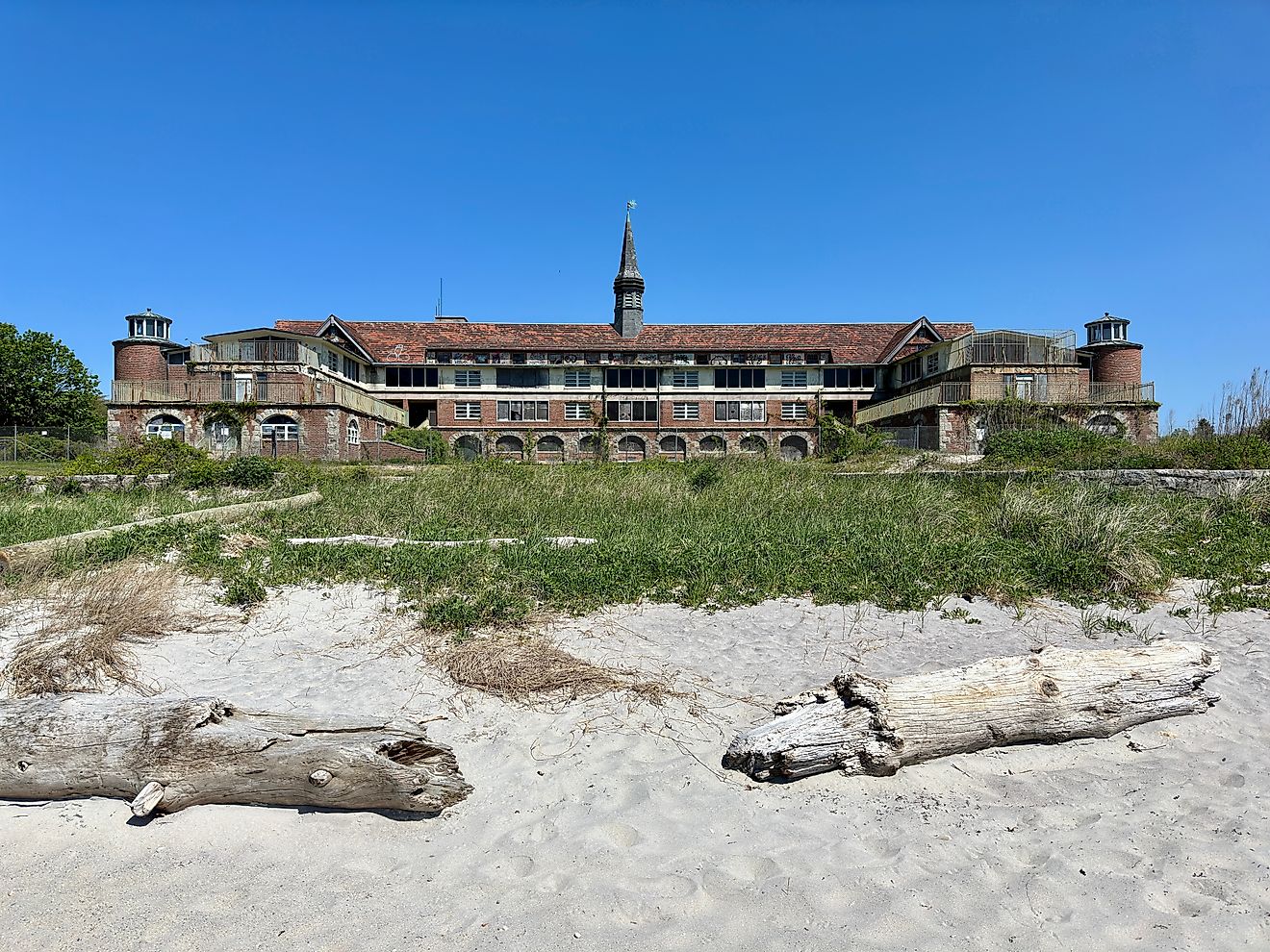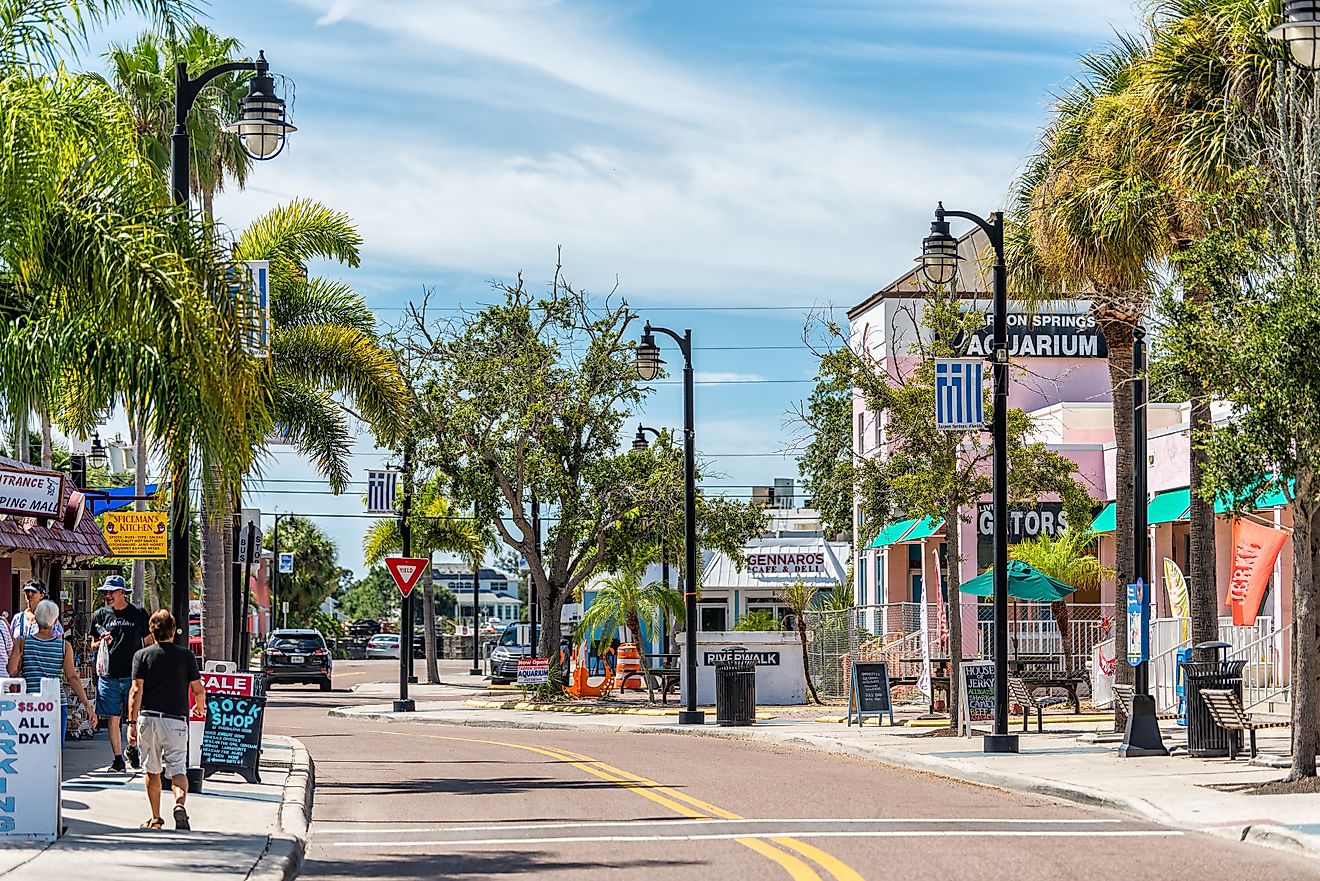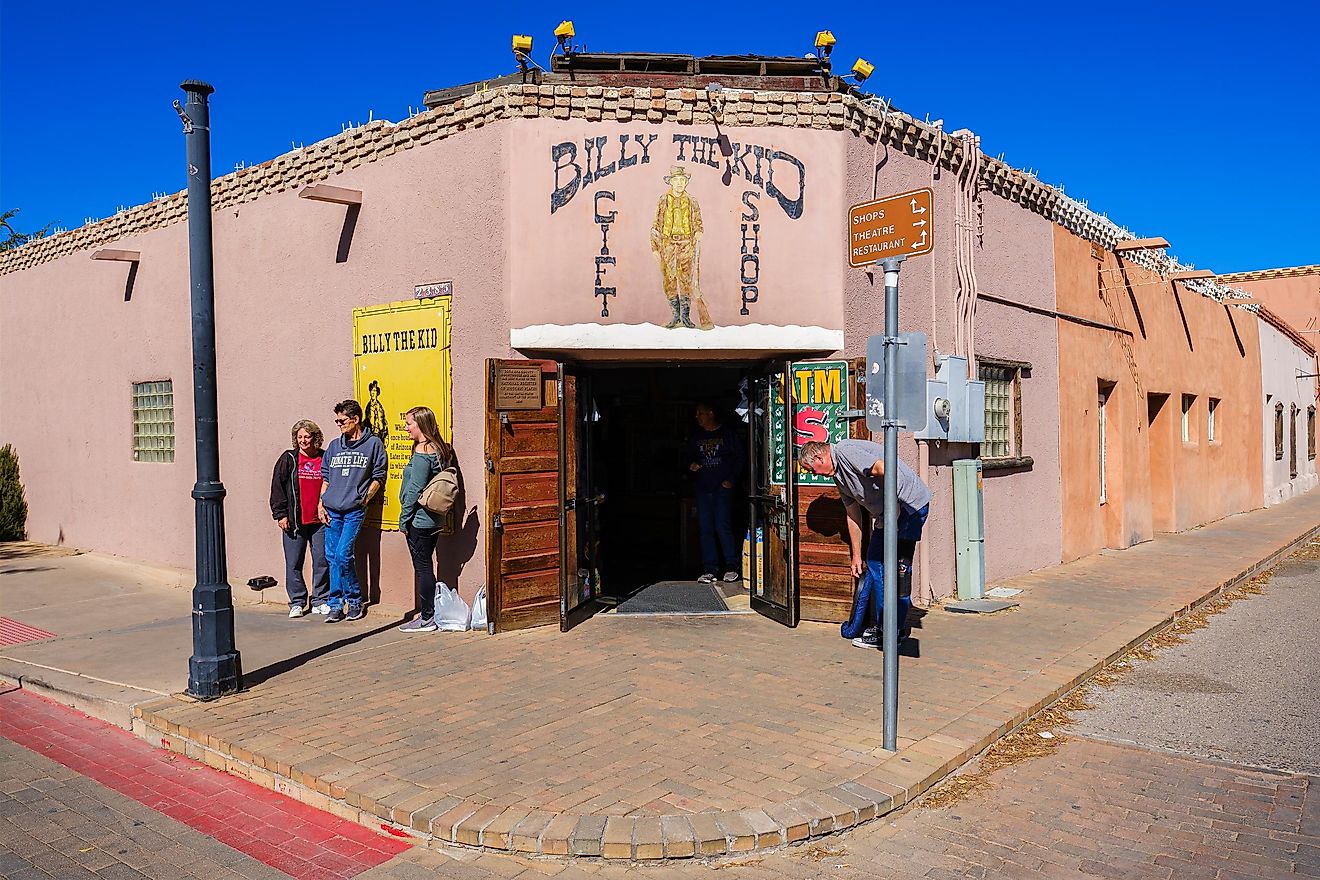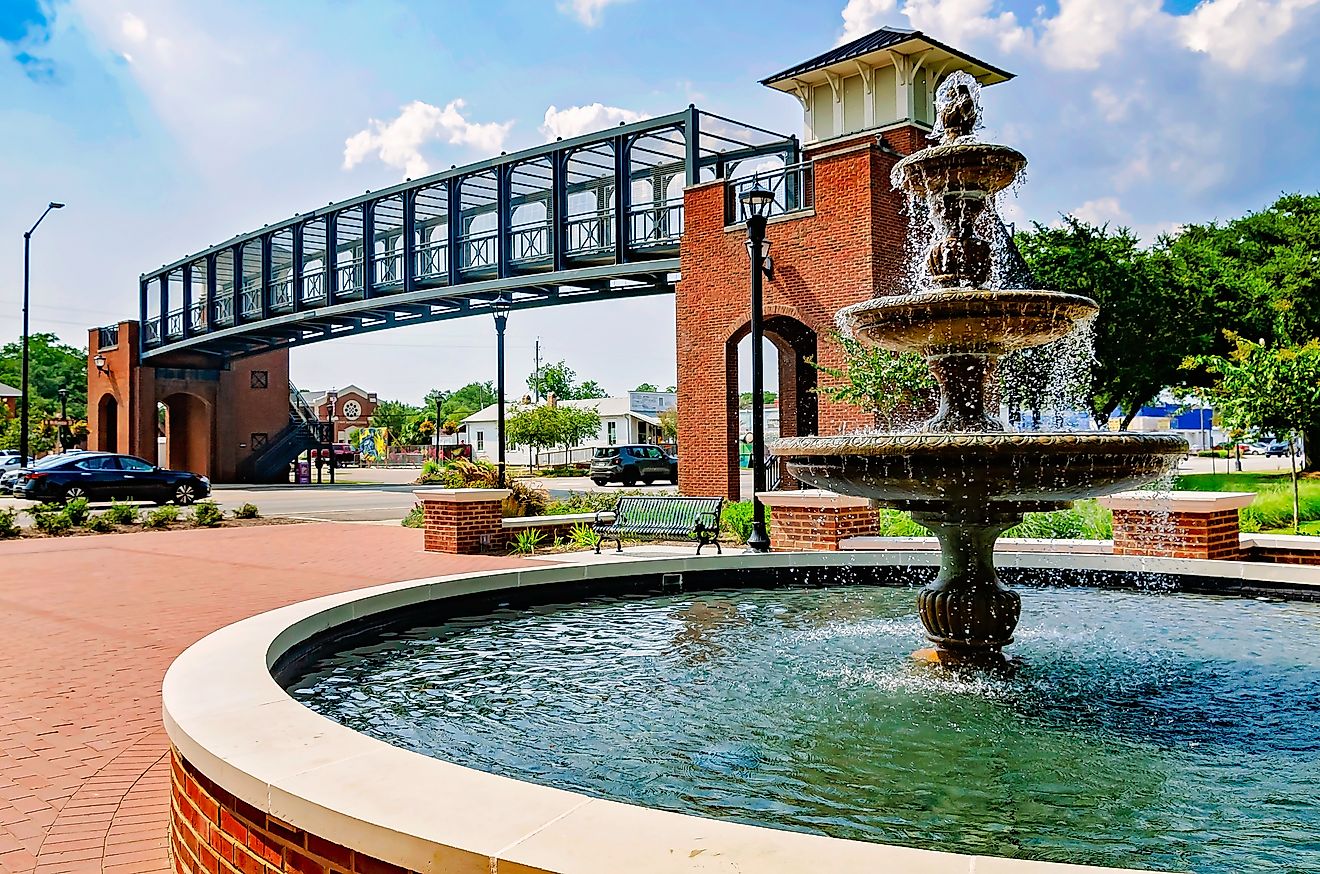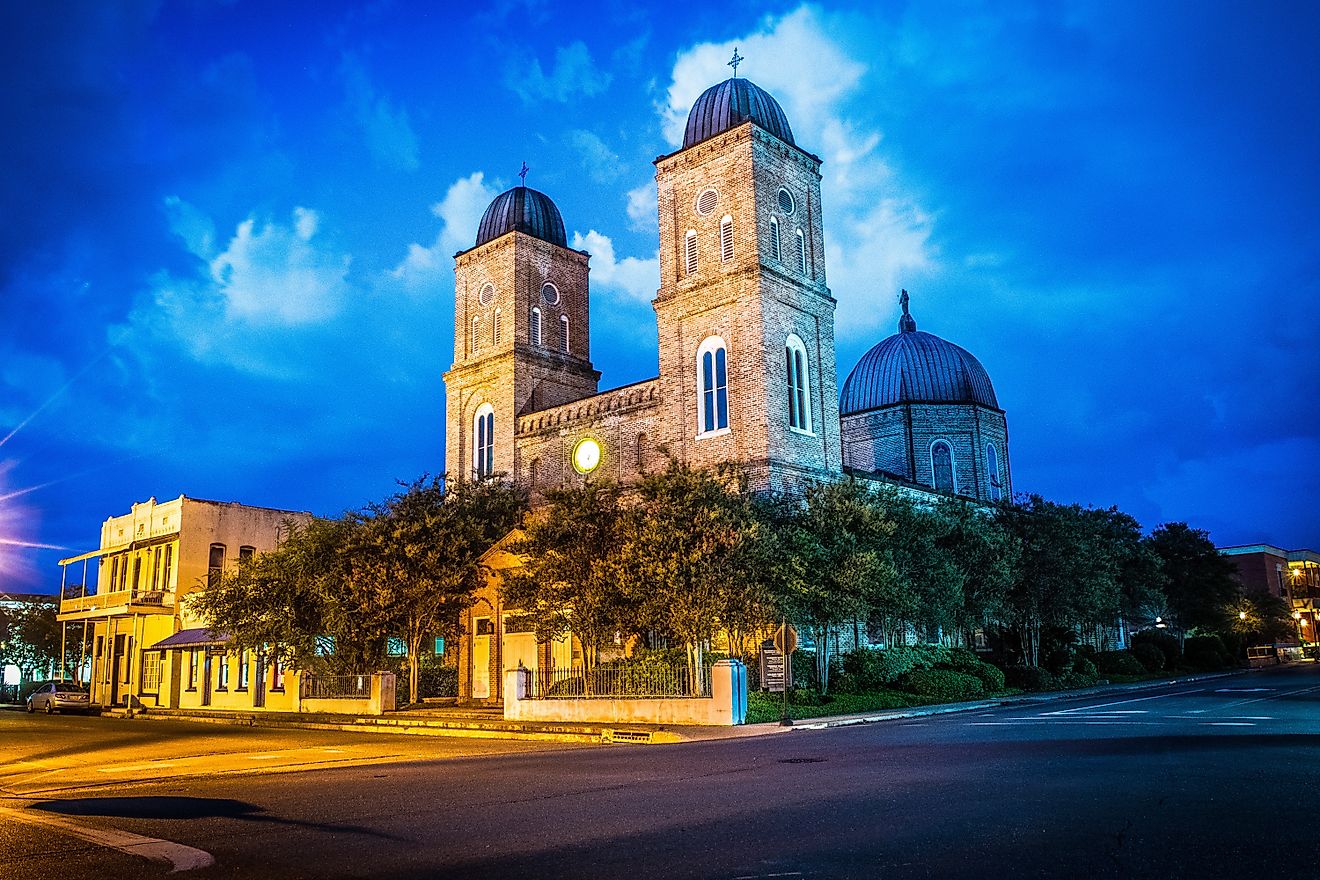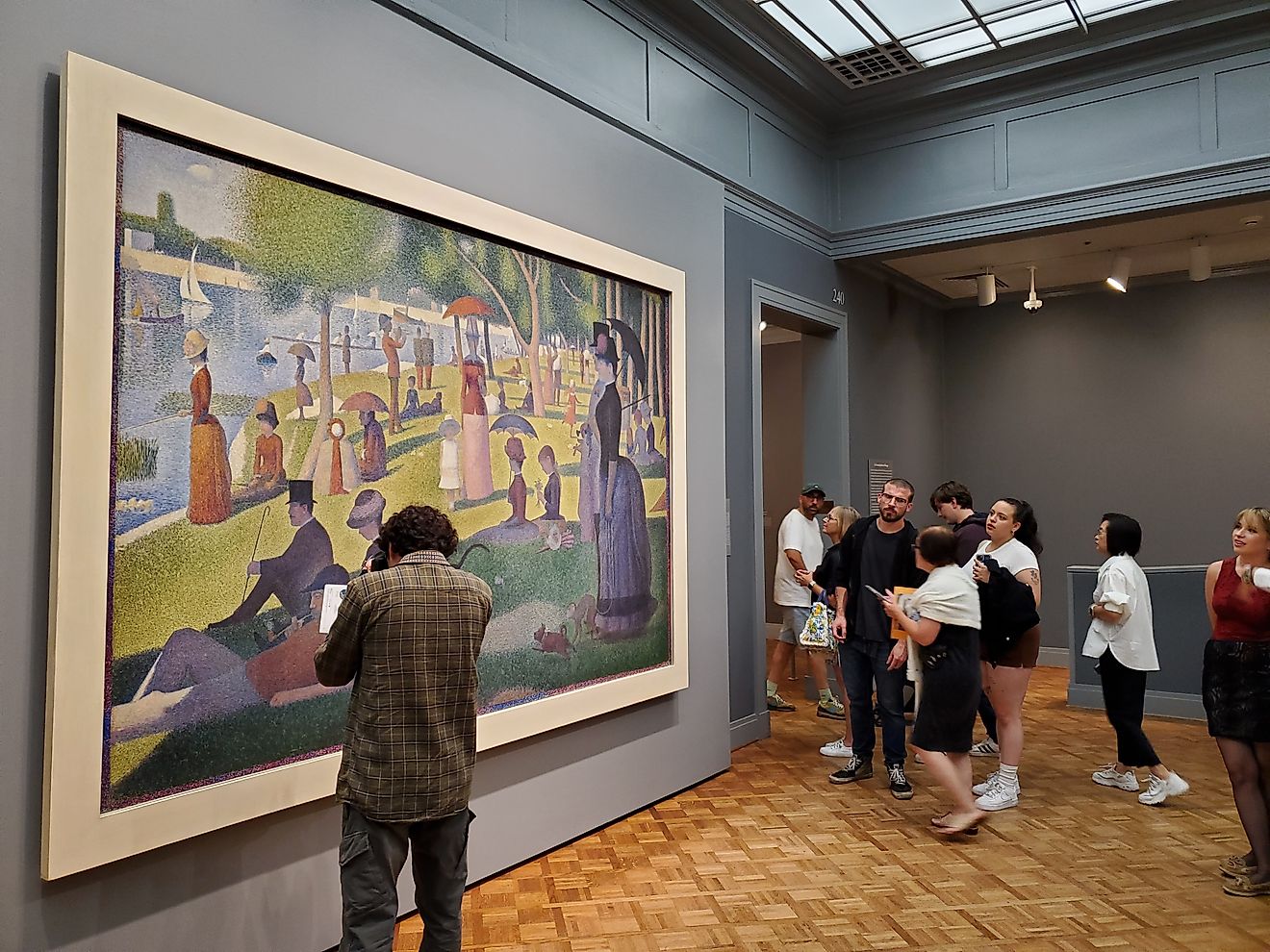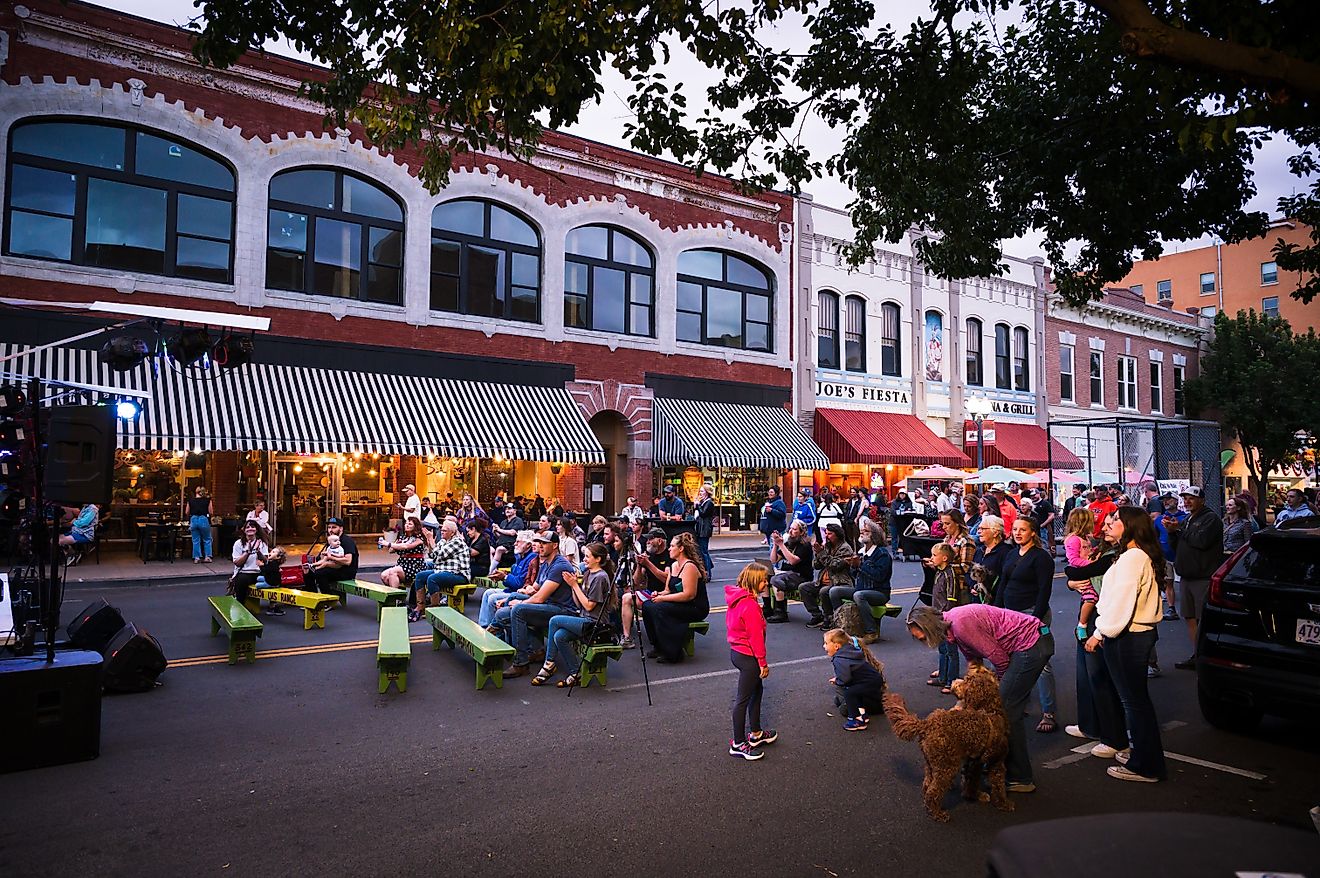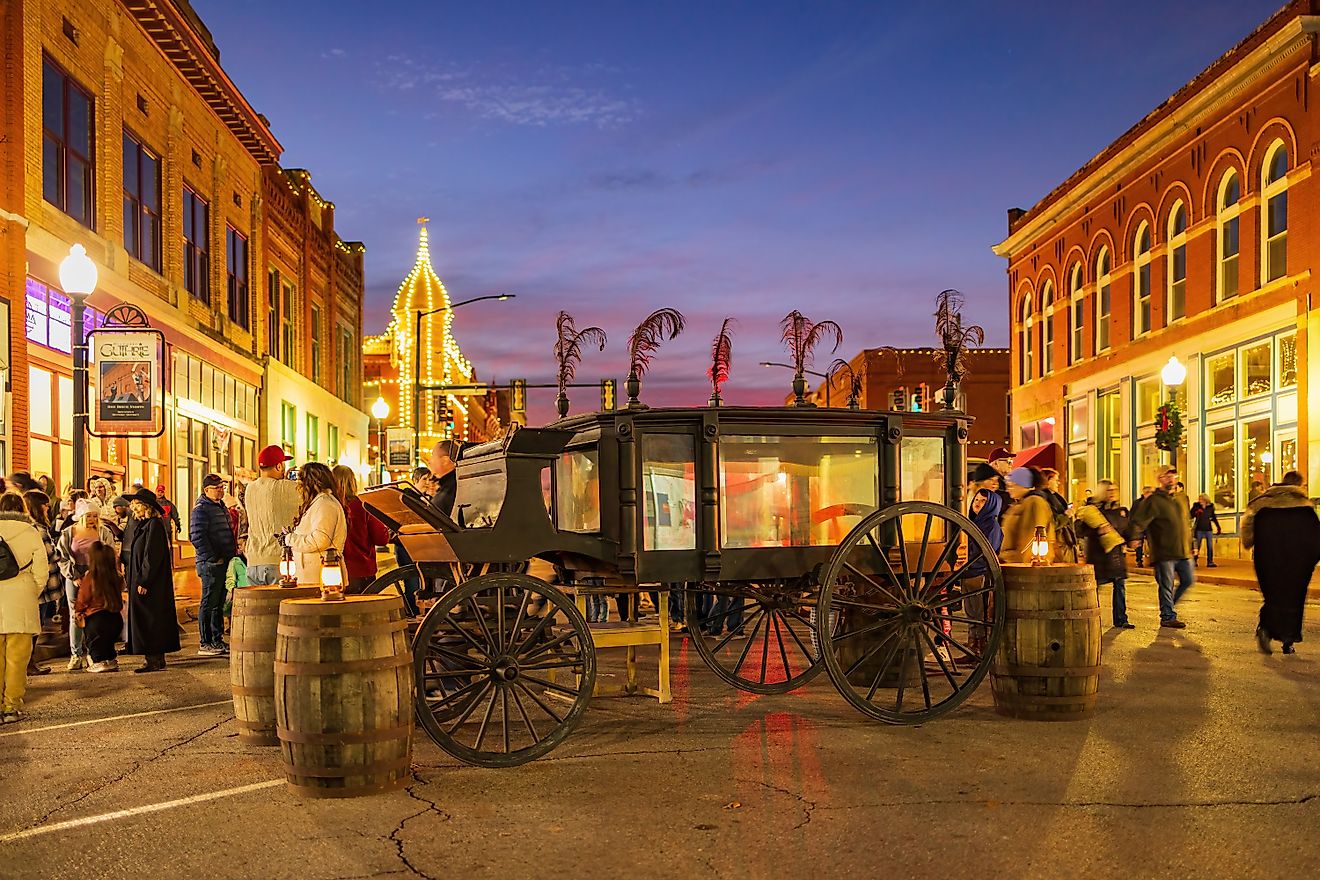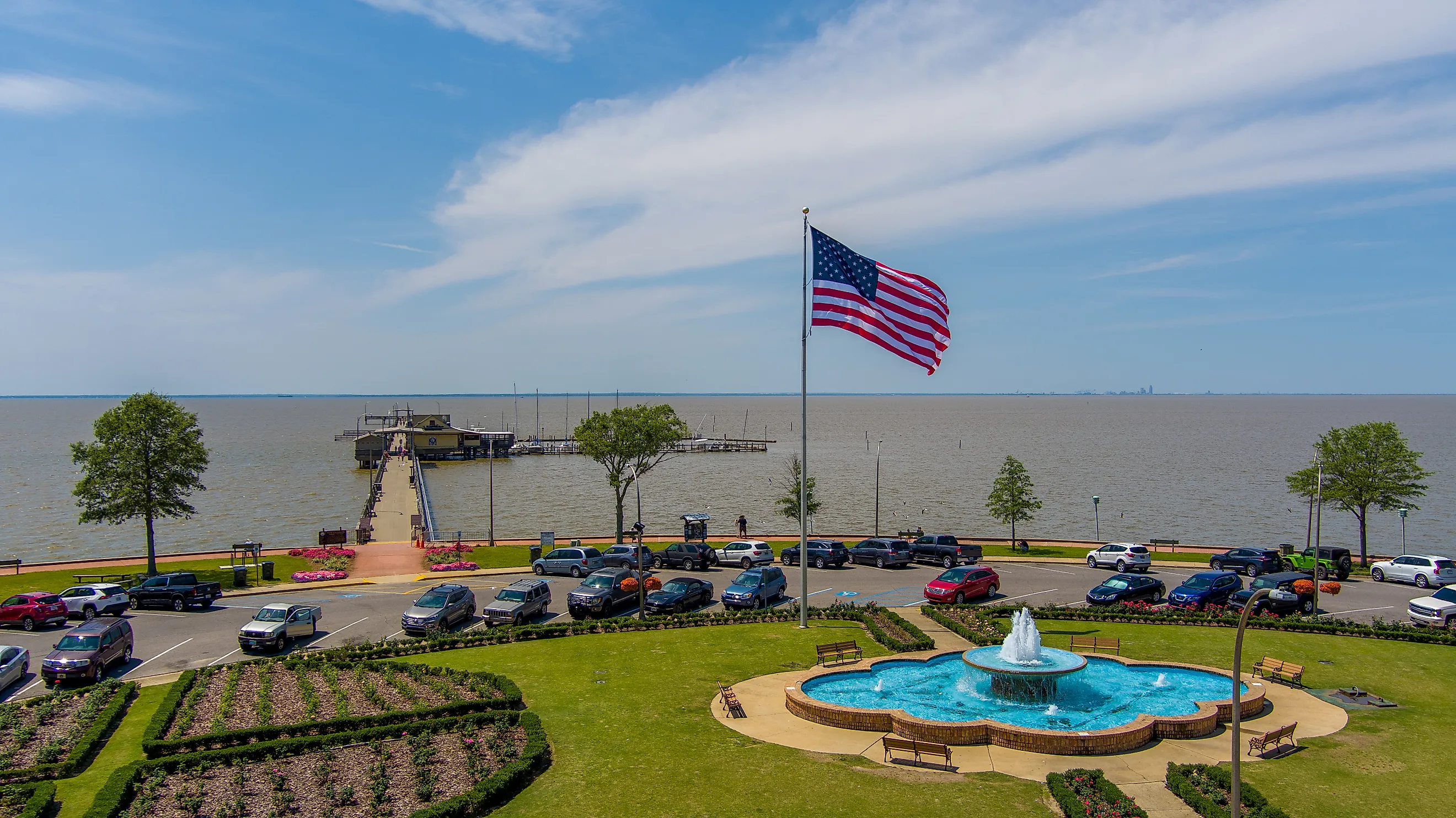
Fairhope, Alabama
Fairhope is a city situated in Baldwin County, Alabama, United States of America. It is located on the eastern shoreline of Mobile Bay and is a principal city of the Daphne-Fairhope-Foley micropolitan area, which includes all of Baldwin County. The city covers a total area of 31.1 square km, of which 16% is water and an elevation ranges from sea level at the bay to 37 meters in the city center.
The Population Of Fairhope
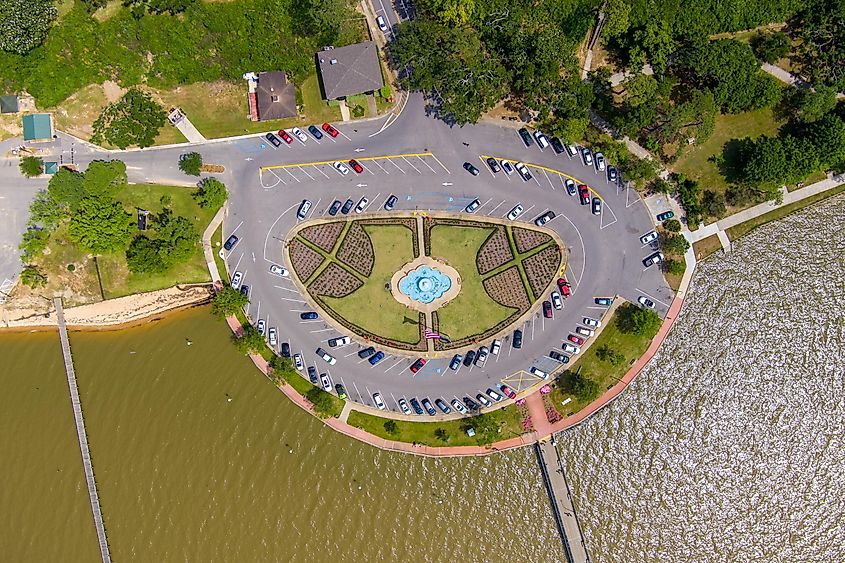
In 2019, Fairhope, Alabama, was home to around 21,100 people with a median age of 43.7. The majority of residents in Fairhope are non-Hispanic White, and in 2019, there were 19.5 times more White residents than any other race or ethnicity. The largest ethnic groups in Fairhope are non-Hispanic White representing 86.8% of the city's population, Black or African American at 4.44%, Asian at 2.99%, the Hispanic community at 2.9%, and Other at 1.43%. All the households in Fairhope speak English at home as their primary language. As of 2019, around 6.6% of Fairhope residents were born outside the country. The most common birthplace of foreign-born residents of Alabama is Mexico, followed by Guatemala and India.
The Economy Of Fairhope
In 2019, the median household income in Fairhope was $75,197. Alabama has an income inequality that is lower than the national average. The income inequality (measured using the Gini index) was recorded at 0.459. Still, males tend to earn more than females, with an average income 1.44 times higher than the average income of females. The economy in Fairhope is well supported by a vast range of industries and employs a bit more than 40% of the population. The largest industries in Fairhope are Health Care & Social Assistance, Professional, Scientific & Technical Services, and Retail Trade. The highest paying industries are Transportation & Warehousing, Wholesale Trade, and Public Administration.
History Of Fairhope
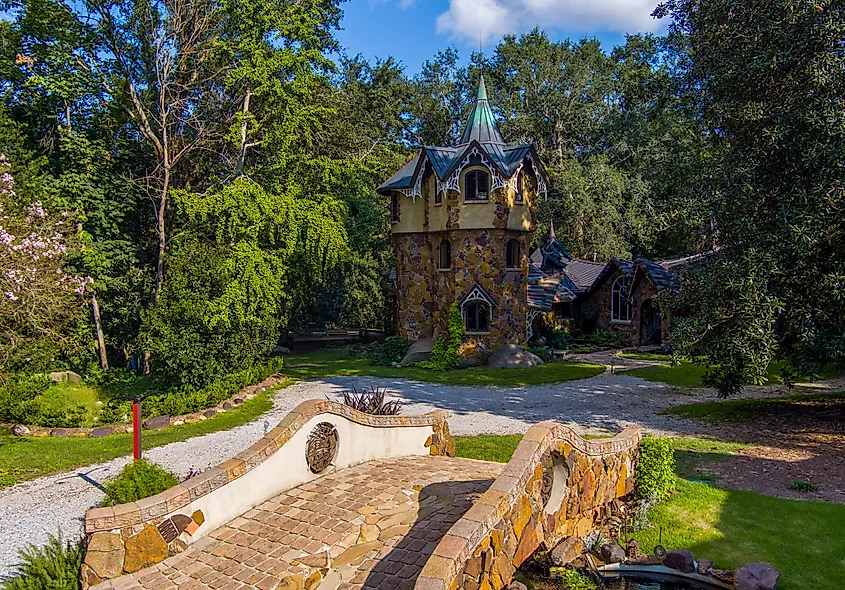
The city, now called Fairhope, was established in 1894 as a model community. The community is based on "cooperative individualism," a term introduced by a young Iowa journalist and Populist Party, Ernest Berry Gaston, to the American reform lexicon. Gaston advocated public ownership and operation of so-called "natural monopolies" such as utilities, transportation, and communication to strike a balance between the two extremes of unregulated individualism and state socialism. The centerpiece of the Fairhope plan came from the author of "Progress and Poverty (1879), Henry George, who argued that land should be common property made available for use rather than speculative profit. Fairhope became known as the Single Tax Colony. Its main founding principle was that the community, not the individual, created the value of land, and the rent charged for the use of the land constituted a group investment in the value of the community. The name Fairhope was inspired by the number of individuals who believed in George's ideas and had "fair hope" of succeeding.
The colony's name was changed in 1904 from Fairhope Industrial Association to Fairhope Single Tax Corporation. By 1900, the town included homes and boutiques and was home to a population of 100.
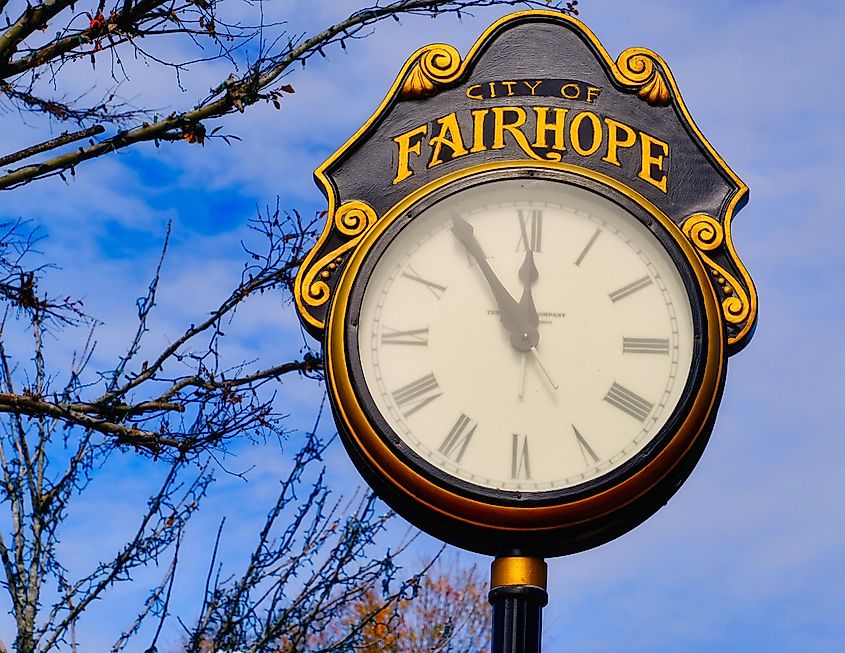
The early history of the colony was filled with disappointment. The settlement was first made for association members that believed in the ideas mentioned above, but soon the colonists were unable to raise sufficient funds from single national taxers or other reformers and could not purchase enough land for their model community. They were later forced to open the settlement they established to nonmembers, many of whom opposed the founding principles. The complaints of the newcomers about rent charges, among other things, led to the incorporation of the Town of Fairhope in 1908. The new town had both colony and deeded lang with two different government and revenue collection forms.
The Great Depression of the 1930s and World War II-era hit the town's history hard. The great Depression diminished the funds. However, During the war, the establishment of shipyards, an air-force base in nearby Mobile, brought thousands of workers to south Alabama, and the town's population nearly doubled.
The population of Fairhope increased steadily during the post-war years, reaching 12,000 by the early twenty-first century. This demographic revolution of newcomers transformed Fairhope, and the town gained a new reputation as both a resort community and an attractive alternative to Florida for retirees.
Over the years, artists, writers, and artisans have found Fairhope to be an inspiring haven for their work and have helped make the community what it is today.
Tourist Attractions In Fairhope
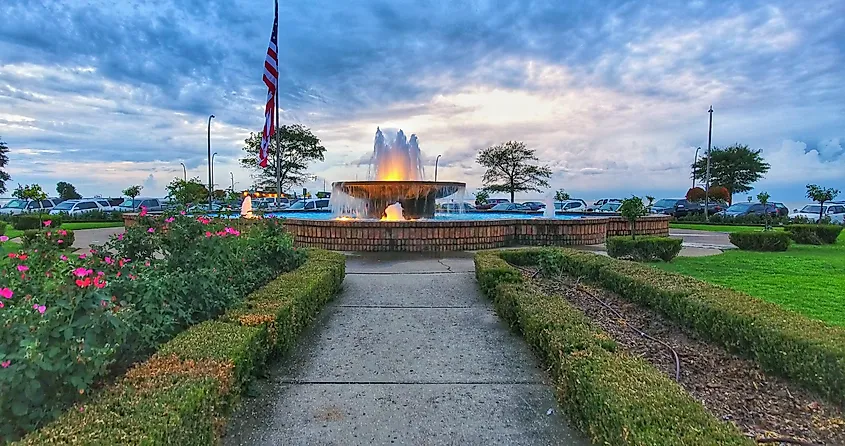
The Fairhope Municipal Pier is one of the town's most famous attractions. Being open throughout the year, the pier gets visitors who enjoy taking a stroll, seeing many shorebirds, and spending their day pier fishing. It extends out towards a park where visitors enjoy seeing the duck pond, rose garden, pavilions, picnic tables, walking trails, and a large sandy beach.
The Fairhope Museum is also one of the top places visited in Fairhope. The museum is in a historic Spanish mission-style building that once served as City Hall. The Fairhope Museum offers different exhibits and displays dedicated to the city's rich history, from its earliest Native American residents to the areas' extensive history with clay pottery. Visitors can see artifacts on Fairhope's founders, the Jubilee phenomenon, and the Single Tax theory, and see the old town jail.
